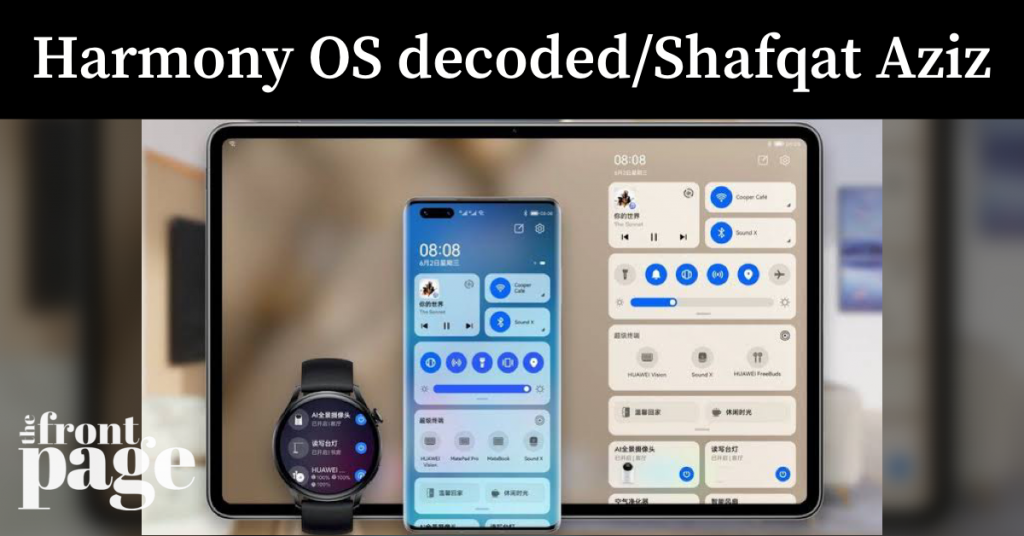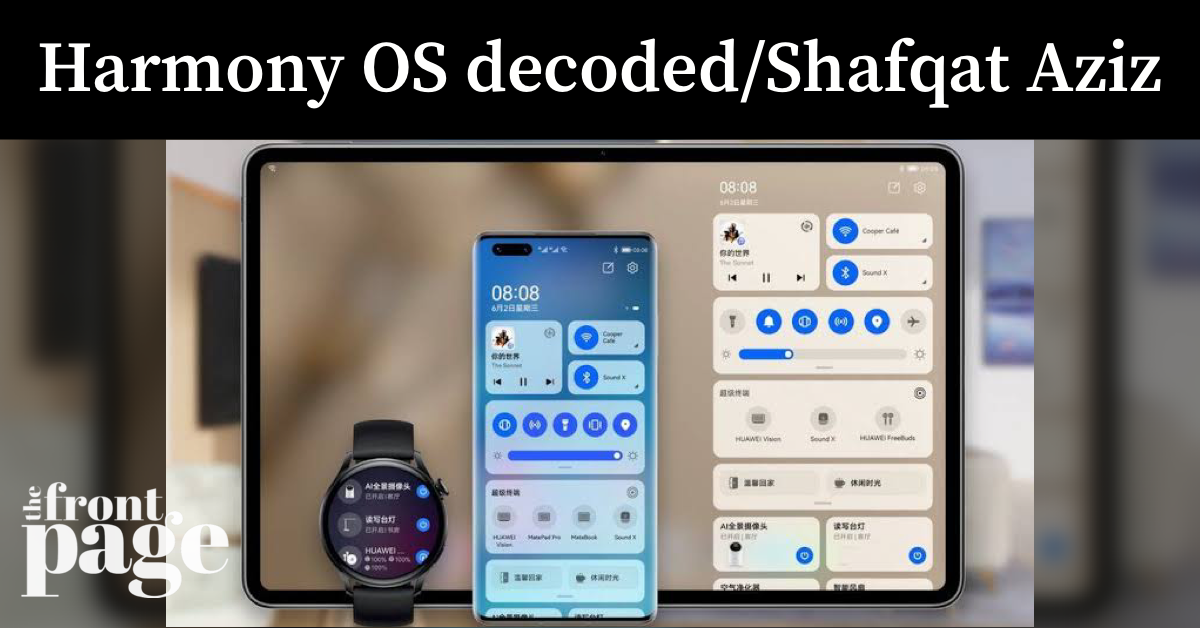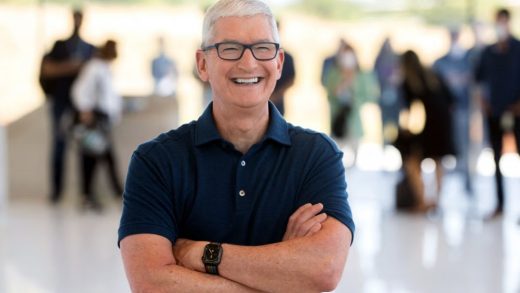Will Harmony OS (operating system) be the 3rd major smartphone operating system? Will all Chinese branded smartphones run on Harmony OS soon? Will it be better than iOS or Android? Will Harmony OS help Huawei retain their lost market share?
All these questions have been asked for quite some time now, yet Huawei has been vague when it came to answering these questions publicly. Why have they kept consumers and tech enthusiasts in the dark like that? Your guess is as good as mine.
On 1st July 2021, Huawei announced that Harmony OS shall be coming to over 100 phones, tablets, smartwatches, and more devices without specifying what devices will be running this new OS. This is indeed a new OS developed by Huawei and has its own microkernel and is advertised to be open source. Huawei claims Harmony OS shall run on smart devices by Huawei somewhat like Apple’s Homekit which essentially allows users to control devices such as speakers, fans, home and room lighting via Bluetooth or NFC from a consumer’s phone and other smart devices.
The interesting factor is, all existing Huawei phones, tablets, smartwatch and any other smart devices shall run on Harmony OS in the near future. But Huawei’s phones and tablets are currently running on android at the moment and are dependant on the android OS kernel(s). Huawei’s smartwatch line isrunning their own lite OS and their other devices are running their own forked out software. So, essentially Huawei has just suddenly decided to call whatever OS their devices were running on to be running on Harmony OS for their next software update. This exposition does not make sense because essentially, Huawei is just running their devices on their old OS but has now just rebranded them under the umbrella OS name of Harmony OS.
So then, is Harmony OS just a gimmick? Not really. If your home has smart devices by Huawei such as Televisions, Refrigerators, Microwave ovens, Smart Speakers, smart led lights, etc, it should make connecting to them via your Huawei or tablet phone more seamless just like Apple devices connect to Apple’s Airpods instantly once you open the airpod’s case instantaneously for example. Or at least, that is the concept Huawei is trying to sell to consumers.
Under the hood, Huawei is focusing on what they call the “DSoftbus” technology who’s goal is to connect multiple devices into one network which will allow the user to use one device to control the others and it is advertised that the data sharing and between them should be faster and smooter.
Regarding Huawei phones and tablets running Harmony OS, they are still running on the android platform. Huawei currently runs a custom skin called EMUI on top of the android versions made by Google which adds a lot of features which Google’s own stock android OS or as we know it, Vanilla android. Other brands such as Xiaomi does the same with their MIUI or Samsung with their One UI. The difference here is that Huawei is moving more and more away from stock android which Google makes, and is looking more and more different after every iteration update. This is not exactly a bad thing as it sets apart Huawei from for example a stock android phone like Pixel or Nokia whose software are designed by Google and those brands make little changes to them. This may look like Huawei is fooling all of us by trying to sell Harmony OS as a new revolutionary operating system while on the inside it’s just another custom version of android but who knows, maybe in the future they might actually come up with an OS of their own.
The encouraging thing about Harmony OS is, other Chinese brands which manufacture phones are also testing Harmony OS on their phones to test how it performs, kind of like in a beta testing phase. If that works out, maybe someday Chinese brands will all release phones running Harmony OS instead of android. This has huge potential for the Chinese smartphone market as it is still the biggest smartphone market in the world right now where Huawei still dominates the market with the biggest percentage of the consumer smartphones as per counterpointresearch.com where it was reported Huawei, in 2020 held around 40% of the market share in the first 3 quarters of 2020, and 30% in the last quarter.
Another point to note is the fact that what Harmony OS is trying to achieve here is not new. Apple already is trying this out with their Apple Homekit, Samsung has their Samsung Smart Home and Xiaomi has the option for this too with their MI Home app which allows it to control all Xiaomi gadgets and appliances from the user’s phone via Bluetooth or NFC. All of them tries to provide consumers a seamless smart home experience by allowing them to control smart home devices.
In conclusion then, no Harmony OS is not a new revolutionary OS as Huawei hyped it out to be. They are still dependant on the android platform quite heavily and will continue to do so for the foreseeable future as easter eggs show Huawei will be updating existing devise which are eligible to the Android 12 version coming soon. The only new difference in Harmony OS over EMUI are in visual changes and the name changing. Will this help Huawei win back their lost glory and the huge loss they suffered by having to sell their sub-brand Honor? Only time will tell, but for now, from a consumer standpoint, Harmony OS does not bring enough to the table to be considered something revolutionary (yet).






❤️